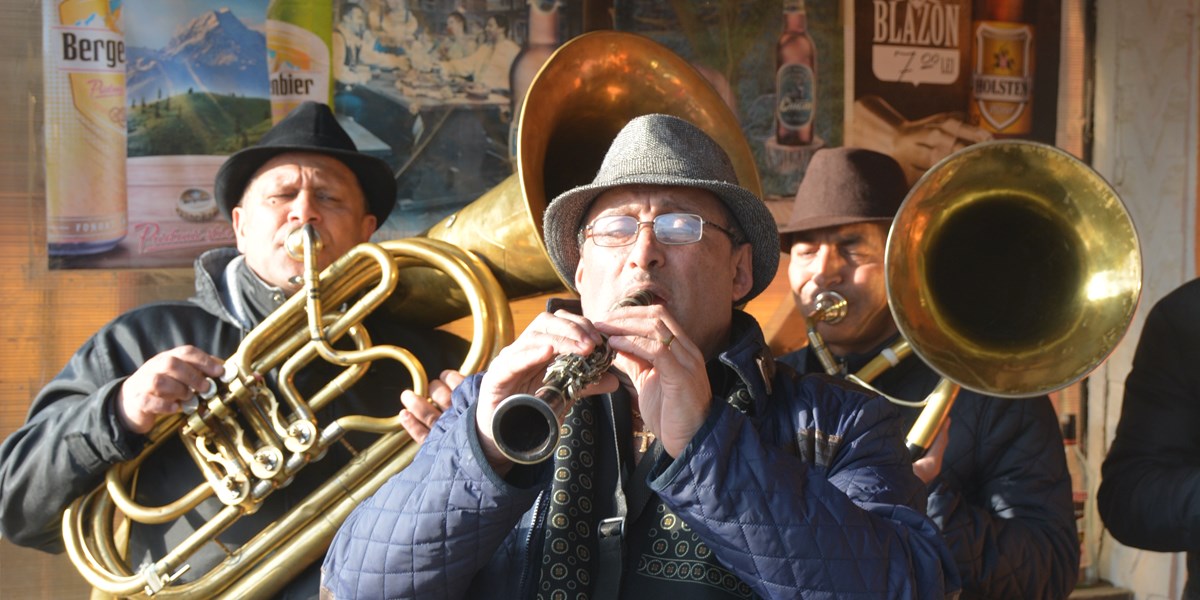Thursday, October 14, 2021
Fanfare Ciocărlia | A Beginner's Guide
Fanfare Ciocărlia are the planet’s foremost Balkan brass band, soundtracking Guinness and Ikea ads, covered and copied, remixed and sampled, winning international awards and, night after night, taking their furious brass blast to the stage


Register now to continue reading

Thanks for visiting the Songlines website, your guide to an extraordinary world of music and culture. Sign up for a free account now to enjoy:
- Free access to 2 subscriber-only articles and album reviews every month
- Unlimited access to our news and awards pages
- Our regular email newsletters

